Six Simple Keys to Project Success
A successful project doesn’t come easy, but it isn’t exactly rocket surgery. Below we’ve outlined six keys to project success to help your staff know where to focus their energy.
1.jpg?width=268&height=297&name=project_success_(ryan_suydam)1.jpg) 1. Plan
1. Plan
Clearly identify and confirm the objectives of the project with your client before you start. A plan will keep you from veering off track and save you from many problems if and when scope creep occurs. Effective planning enables you to meet the client’s schedule and budget requirements, or work through them together for a win-win outcome.
2. Engage
Both staff and clients have to be engaged in the process in order maximize project success. According to Ed Boyle, Global Practice Leader at Gallup, engagement increases performance-related business outcomes by 240%.
3. Measure
The concept of measuring in order to improve is not just a management catch phrase, it’s scientifically validated. The only way you’ll know how a project is going (or know how to make it go better) is to measure. We’re not suggesting you measure EVERYTHING, but do review your goals and start looking at metrics that can help you meet those goals. Measuring your clients perception of the project success, during the project, is critical to promoting their goals.
4. Adapt
To adapt means to make things fit, usually by modifying a process or way of thinking. Great project teams are skilled at adapting – having the ability to alter the way they practice or the way they think to increase the likelihood of project success. And these don’t have to be large or dramatic changes; they can be subtle changes, like checking voice mails more often. These small changes can affect the outcome of our projects in a big way, but require understanding the client in order to adapt appropriately.
5. Evaluate
Measuring throughout the project is crucial, just as important as creating a comprehensive evaluation at the end of the project. Taking time to evaluate may seem secondary compared to the primary efforts of executing the project, but don’t get too busy chopping wood that you never sharpen the ax. Talk to your clients - every project can teach us valuable lessons about how to improve both now and on the next project.
6. Recognize
Our basic human need for meaning applies to work life. We all feel our contributions are most meaningful when recognized for a job well done. If your staff feels they have a means to be recognized, they will work even more effectively, further contributing to project success.
Achieving predicable outcomes can be easy if you take a moment to find out from the project team what’s working, what isn’t, and respond accordingly. Obtaining feedback directly from clients is one of the easiest ways to assure project success.


 Do you lose sleep at night wondering if you have the capacity to handle work coming in or even worse if you have too many people? As a manager of a professional service firm, managing your human capital is a daily necessity to achieve firm growth and the anticipated performance expected from your employees. As the market changes, your firm needs information readily available to make quick decisions about acquiring, training, and scheduling your talent. Many firms rely on resource forecasting tools to handle the management of their employees. Let’s take a further look at some of the challenges firms have with managing their resources:
Do you lose sleep at night wondering if you have the capacity to handle work coming in or even worse if you have too many people? As a manager of a professional service firm, managing your human capital is a daily necessity to achieve firm growth and the anticipated performance expected from your employees. As the market changes, your firm needs information readily available to make quick decisions about acquiring, training, and scheduling your talent. Many firms rely on resource forecasting tools to handle the management of their employees. Let’s take a further look at some of the challenges firms have with managing their resources: 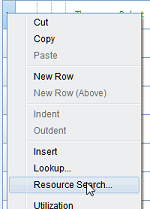

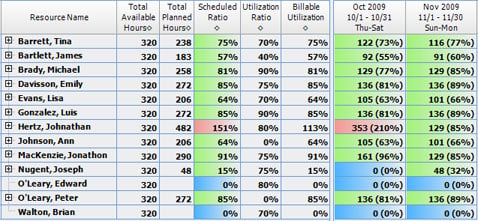

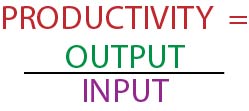 Of all the metrics that professional services firms can track, two of the most important are utilization and realization. These are different, but related ways of measuring employee productivity and profitability. Both can be measured with a high degree of accuracy — and made visible to management — using software.
Of all the metrics that professional services firms can track, two of the most important are utilization and realization. These are different, but related ways of measuring employee productivity and profitability. Both can be measured with a high degree of accuracy — and made visible to management — using software. 1. Make it Comfortable.
1. Make it Comfortable.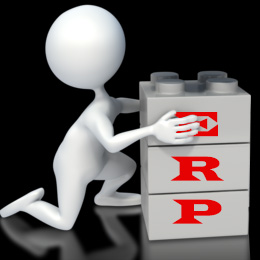 ERP – Enterprise Resource Planning is a system facilitating the flow of information between all business functions, from your Finance and Management Accounting to Project management, Client Relationship Management (CRM – see more below), Human Resources, Inventory and Purchasing.
ERP – Enterprise Resource Planning is a system facilitating the flow of information between all business functions, from your Finance and Management Accounting to Project management, Client Relationship Management (CRM – see more below), Human Resources, Inventory and Purchasing. 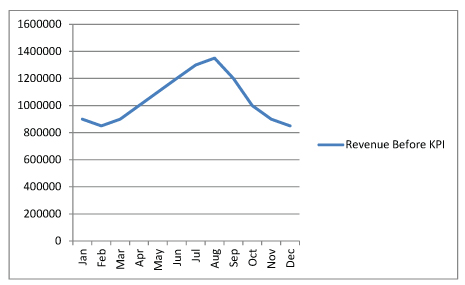
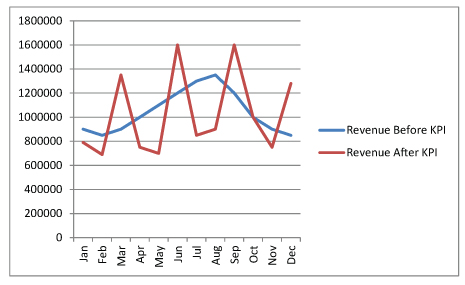
 The SMPS National Technology Committee 2012 survey revealed the top 3 technology topics professional services marketing and business developers would like more information on is communication tools, customer relationship management systems, and collaboration tools. The results of this study are probably not surprising. People are on the go and are collaborating with multiple groups in different locations at a fast pace. We have demands from work, family, and other organizations to keep track of. The key ingredient needed is effective communication and collaboration.
The SMPS National Technology Committee 2012 survey revealed the top 3 technology topics professional services marketing and business developers would like more information on is communication tools, customer relationship management systems, and collaboration tools. The results of this study are probably not surprising. People are on the go and are collaborating with multiple groups in different locations at a fast pace. We have demands from work, family, and other organizations to keep track of. The key ingredient needed is effective communication and collaboration. 